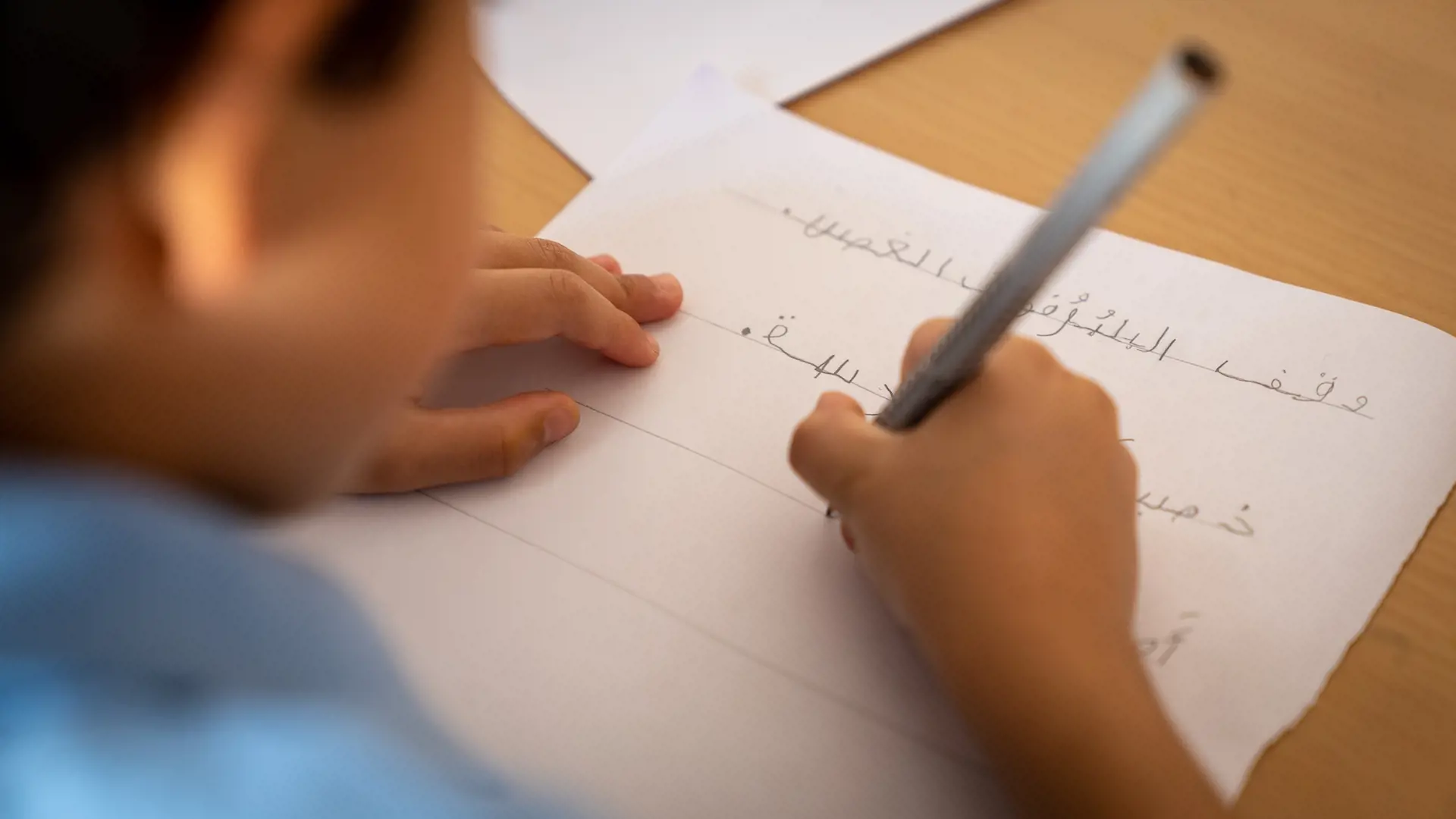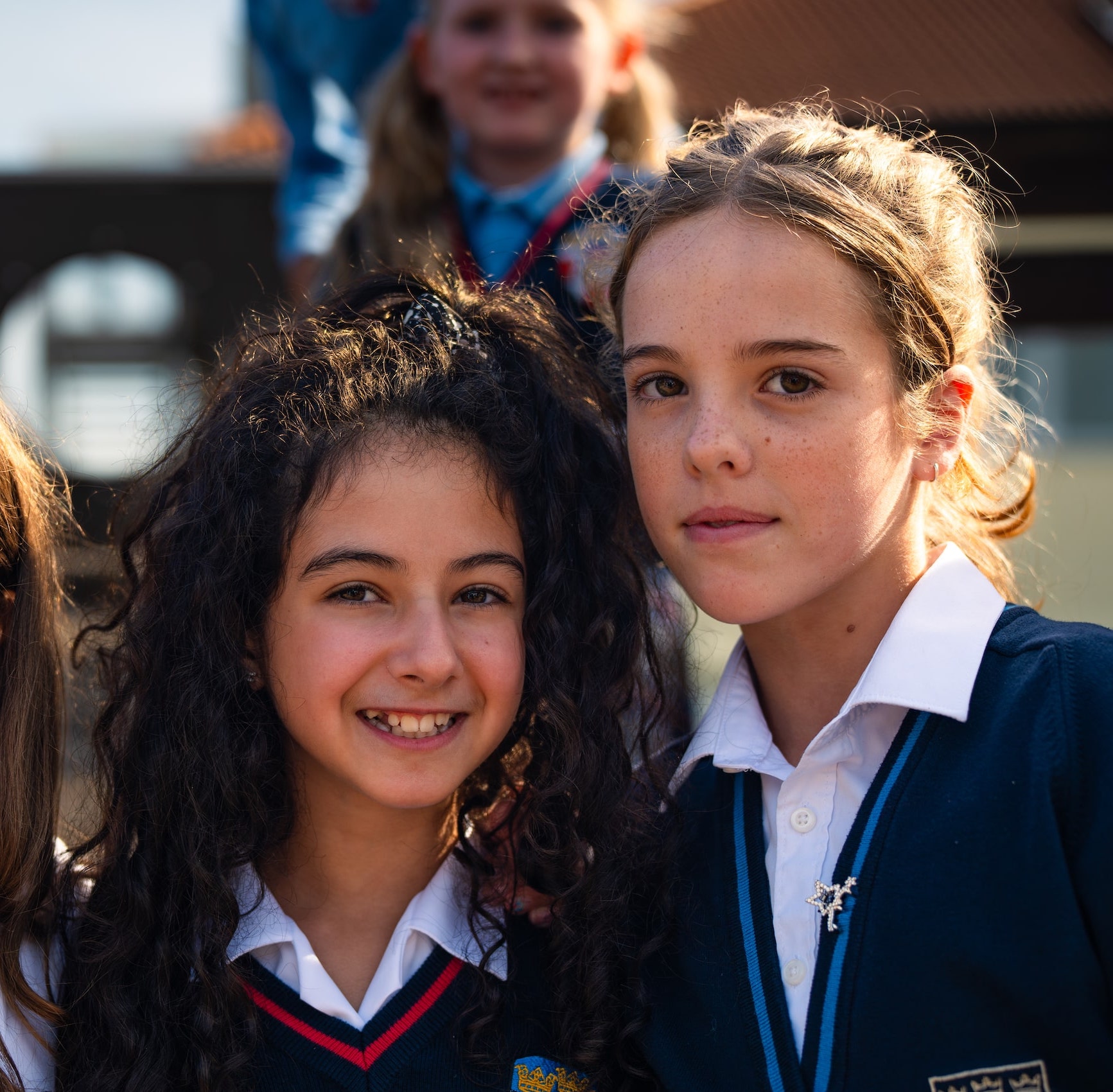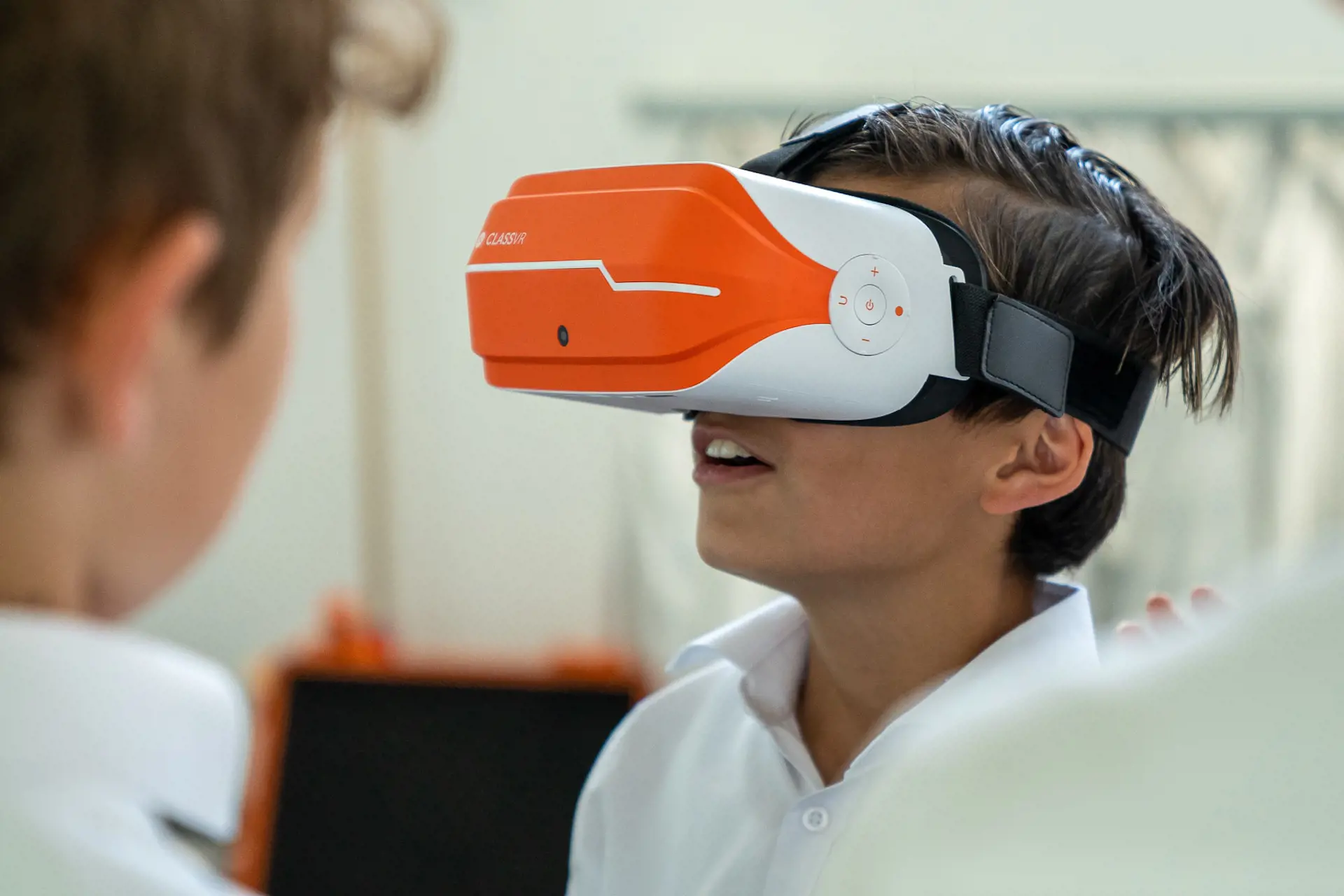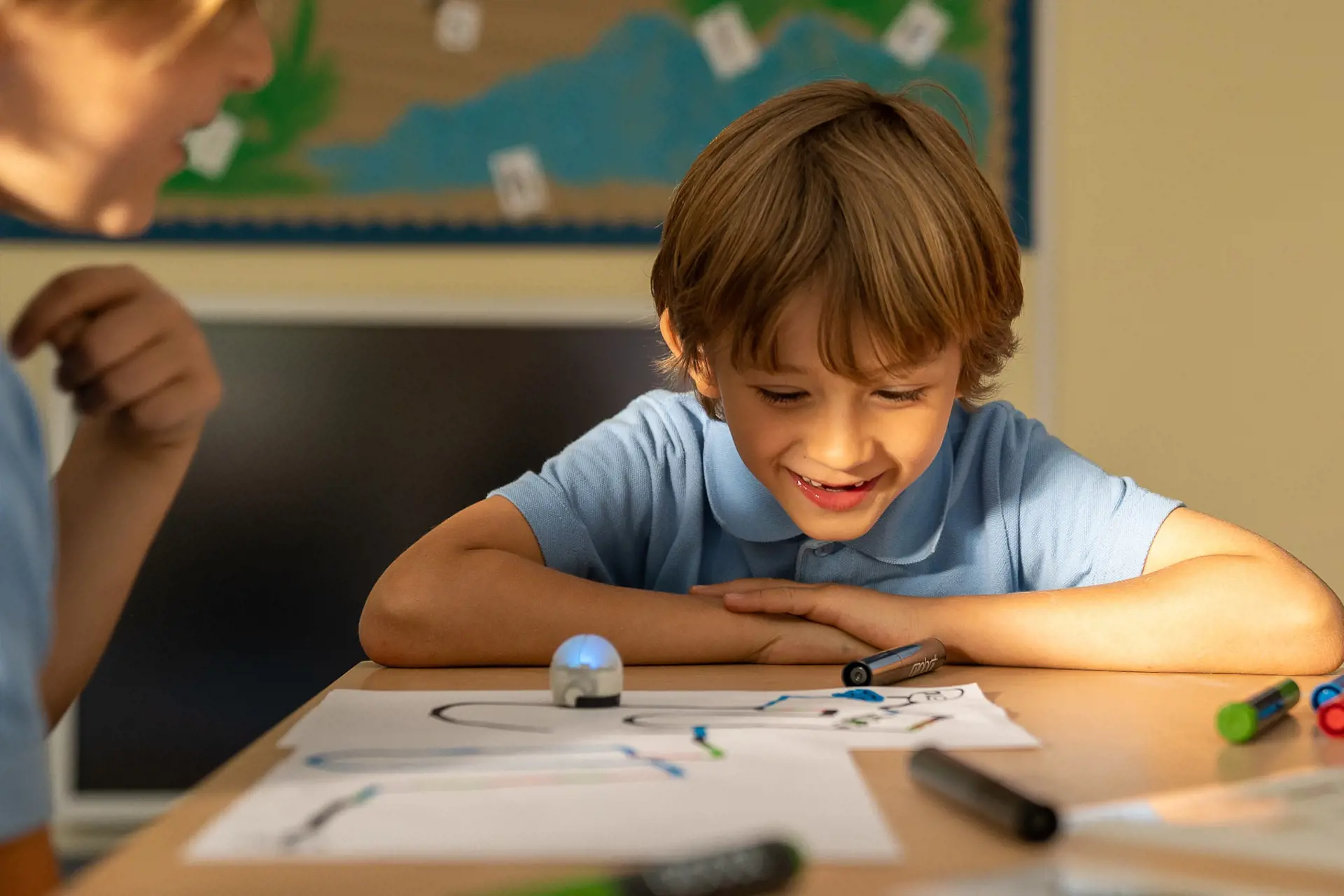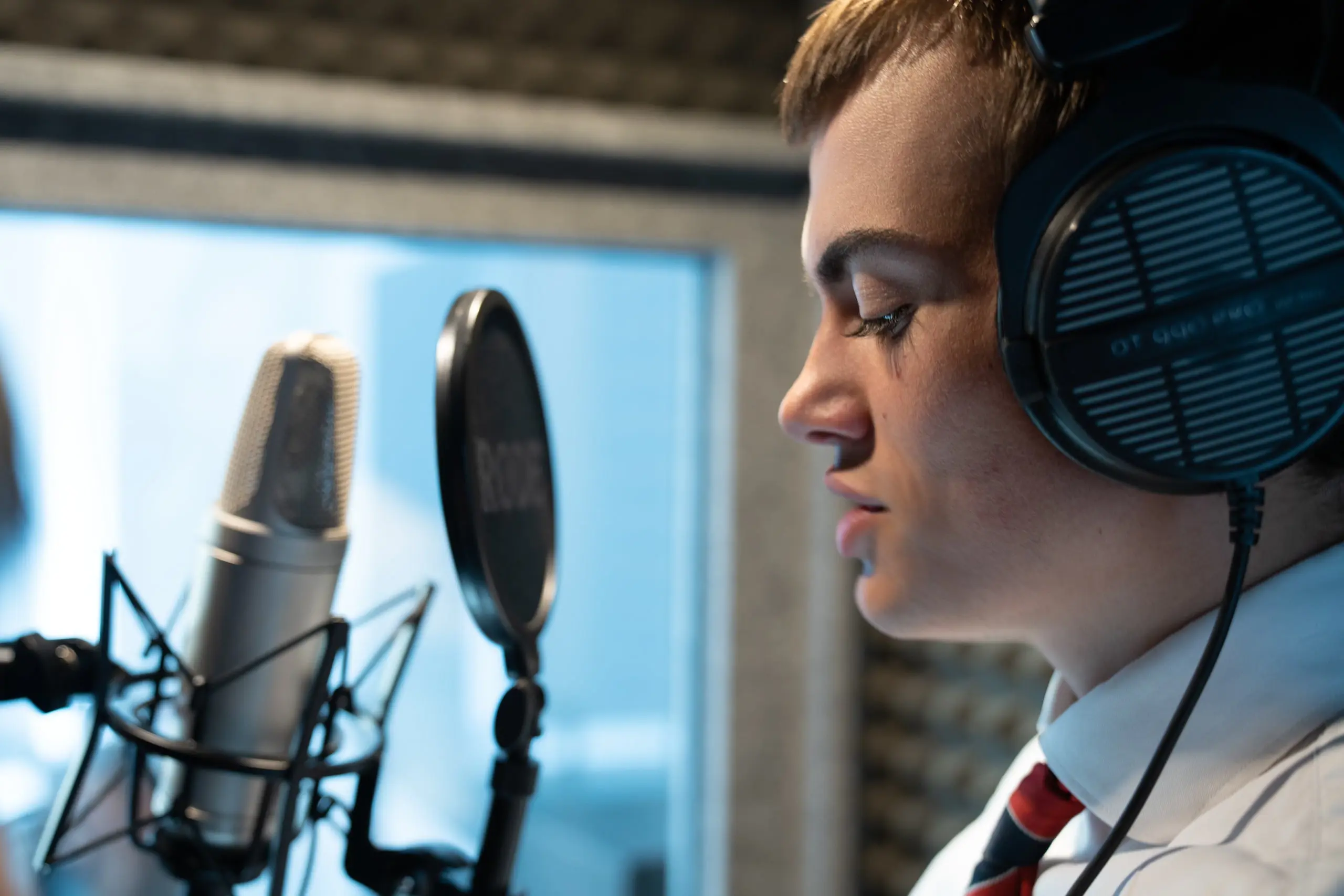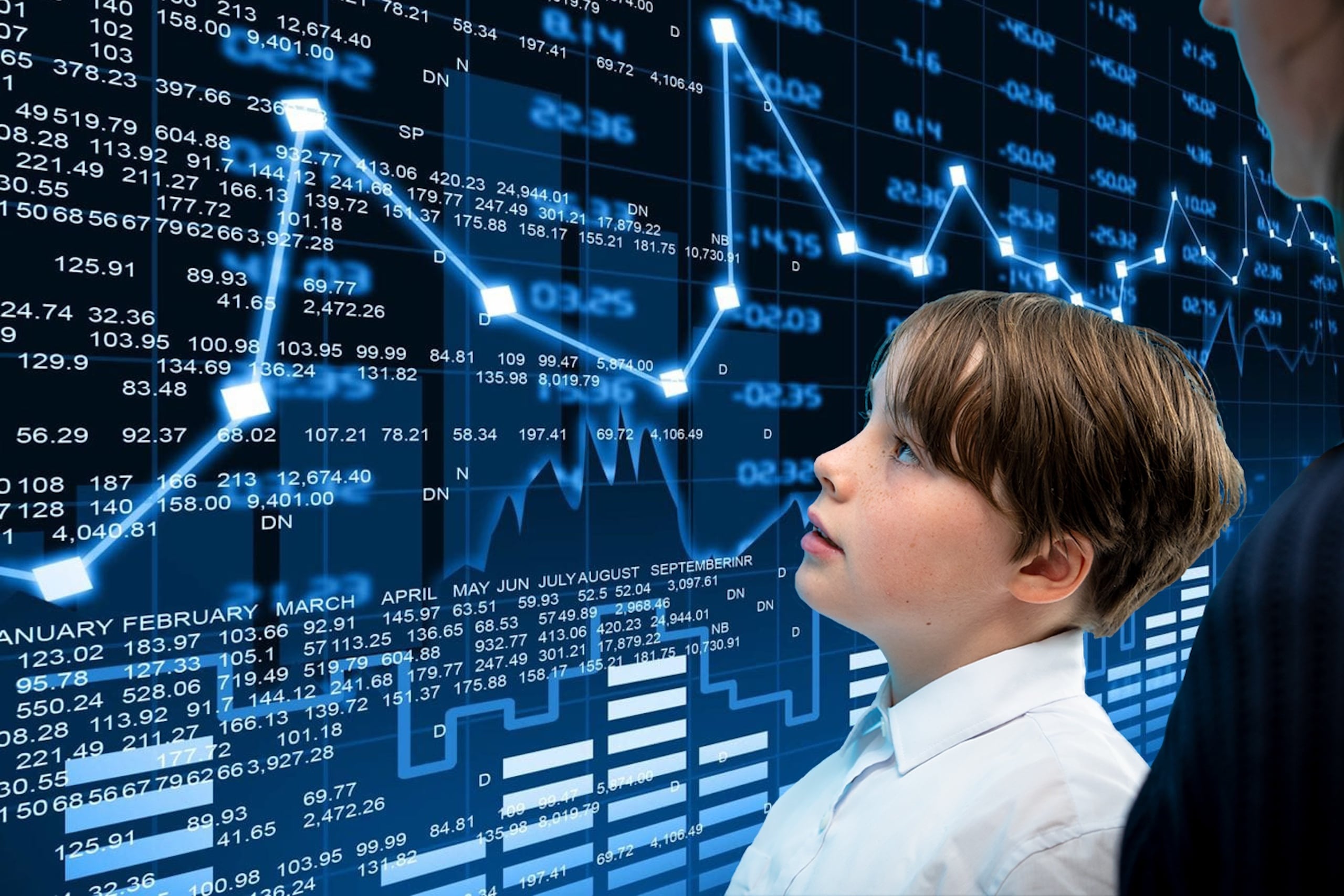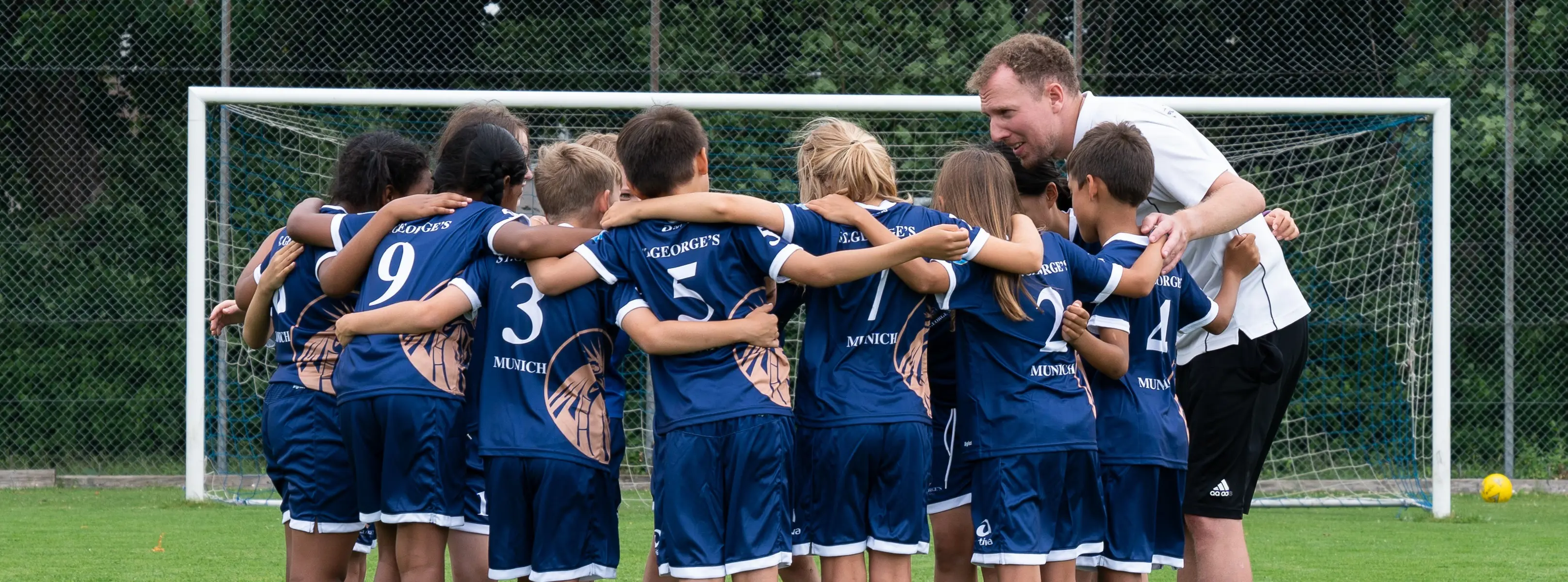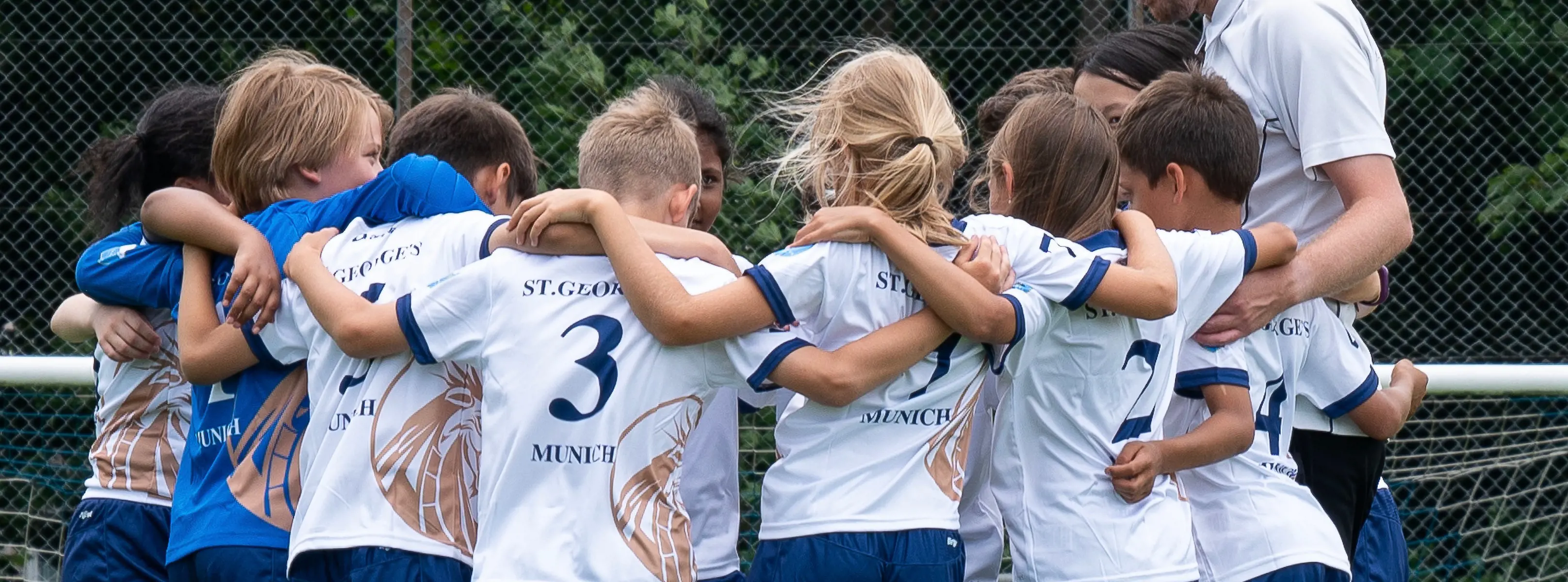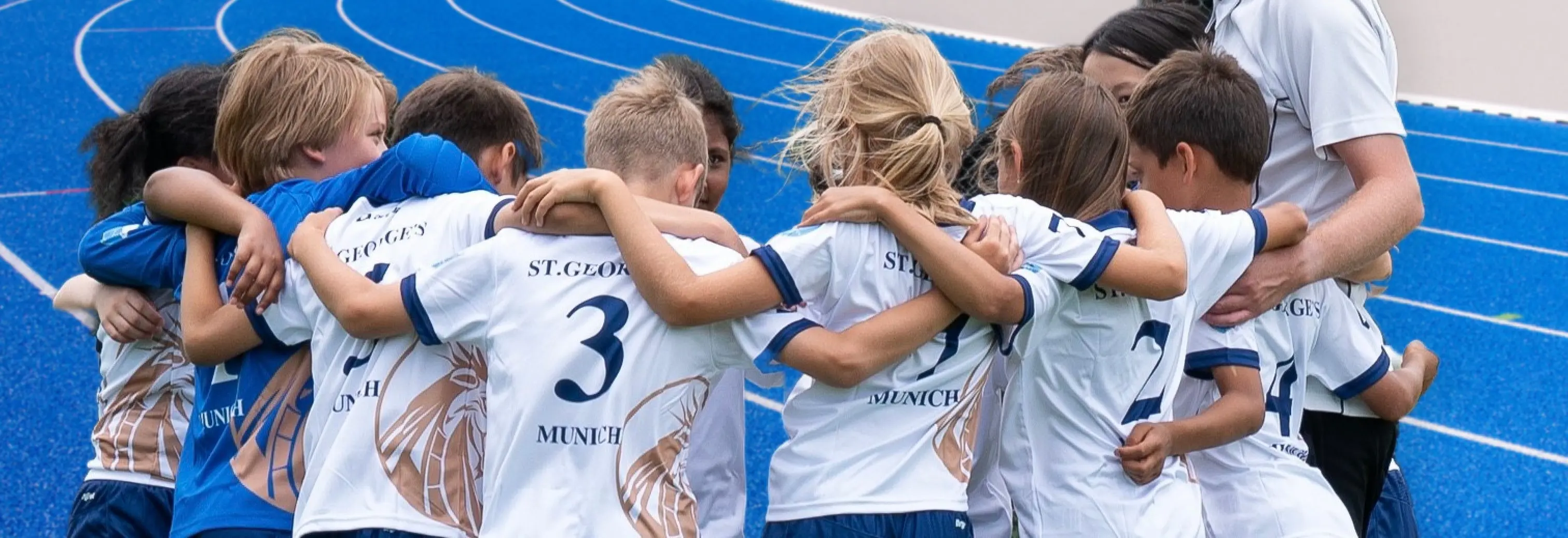A blend of real & virtual
Author: John Hullock | Author Title: Head of Primary School SGSD | Publication Date: December 2023
In today's fast-paced world, we're becoming increasingly accustomed to accessing captivating content at the speed of thought. Learning is no exception to this trend. As technology continues to reshape education, we're reminded of the words of Nelson Mandela, "Education is the most powerful weapon which you can use to change the world."
Indeed, the fusion of Reality, Augmented Reality (AR), Artificial Intelligence (AI), and Virtual Reality (VR) is changing the landscape of education, and its potential to empower students and educators alike is profound. An education that blends the virtual and the real world is an enhanced dynamic force to shape individuals and societies.
The integration of AI, AR, and VR into education is not just a trend; it's a fundamental shift in the way we teach and learn. These emerging technologies are shaping the new educational life. They are no longer confined to the realm of science fiction; they are increasingly making their way into the classrooms of today.
Engagement is key to effective education
There is a lot on offer thanks to growing technology. To keep the attention of pupils, the content presented to them must have excellent visuals and dialogue along with an interesting storyline that will hold their attention. Teachers need to design classes that will catch the attention of their students with strong narrative and visuals.
AR and VR provide new angles for the visualisation of complex concepts. They enhance student experiences enabling them to travel to timely and geographically inaccessible places. These technologies create immersive and interactive involvement that inspires and engages students and promotes a deeper understanding of abstract ideas. Their level of immersion fosters a love for learning and sparks curiosity. It has a significant positive impact on the learning process and outcomes in the classroom.
We live in a world where digital literacy is paramount. By blending real world and virtual technologies, we equip our students with the skills and knowledge they'll need to thrive in the 21st century and be better prepared for a future where AI, AR, and VR are not just tools but integral parts of various industries.
Technology should complement teachers, not replace them
Artificial Intelligence can assist educators by providing insights into student progress, suggesting tailored resources, and even automating administrative tasks. This allows teachers to focus on what they do best, inspiring and guiding young minds.
In our international school, catering to a diverse group of young learners, the personalization offered by AI, AR, and VR is invaluable. The St.George’s School educational journey is about ensuring that every student, regardless of their background, has access to quality education that offers interrelated academic and intercultural experiences and fosters multiple perspectives. Malala Yousafzai, a champion for girls' education, said, "One child, one teacher, one book, and one pen can change the world." AI, AR, and VR break down these physical and geographical barriers. Students can immerse themselves in historical events or scientific experiments through VR, providing a level playing field for all learners.
Through the use of VR glasses and additional resources such as QR cubes and AR/VR robots, we are able to inspire and engage students across all subjects in the curriculum, transporting them to far-flung places, allowing them to explore ancient civilizations or travel to the depths of the ocean - creating learning opportunities beyond the limits of their classroom.
"The mediocre teacher tells. The good teacher explains. The superior teacher demonstrates. The great teacher inspires."
William Arthur Ward
Inspiring and engaging with AI, AR and VR
Language acquisition is a cornerstone of our international school. AR and VR offer impactful immersive language learning experiences to us. Students "visit" countries where the language they are learning is spoken. This real-world exposure enhances their language skills in ways traditional methods can't match.
In science education, safety is paramount. VR allows our students to conduct experiments that might be too dangerous or complicated in a physical lab. They can experiment with chemical reactions, explore the human body, or understand complex and abstract physics principles without severe risks involved.
In our modern, interconnected world, collaboration and effective communication are vital skills. We use AR and VR technologies to create virtual group projects where students from different backgrounds and locations can work together seamlessly. Through using resources such as Kai’s Clan AR/VR robots, pupils are able to work both in school within a team but also with pupils around the world in pushing boundaries and developing essential modern skills such as coding and critical thinking.
This experience fosters teamwork and prepares them for a future where remote collaboration is the norm, a valuable skill in various professions.
We make our Learning more engaging through gamification. As game designer Jane McGonigal puts it,
"Games are the only force in the known universe that can get people to take actions against their self-interest, in a predictable way, without using force."
AI-powered educational games, adapt to each student's proficiency level, provide challenges that are just right, fostering a sense of achievement, and encouraging them to keep learning. Our interactive floor creates entertaining and educating experiences across various subjects and offers multiple opportunities for learning through gamification at St.George’s school.
One size doesn’t fit all when it comes to learning. Personalisation is the key to unlocking maximum growth potential. That’s why we work with companies such as Mangahigh that employ cutting edge Artificial Intelligence to recognise individual progress and recommend activities that suit each student’s unique learning level. The AI continuously assesses how each student is developing, and identifies activities to bridge any gaps in their learning. And because this all happens automatically, it frees up time for teachers to provide more instruction in small groups or 1:1, where additional human attention is needed.
A future proof education
In the St.George’s educational journey, embracing the blend of REAL and VIRTUAL (AR, AI, and VR) is not just a choice; it's a commitment to providing the best possible education for our students. These technologies are revolutionising the way we learn and teach, making education more personalized, accessible, engaging, and future-ready. As we continue to evolve and adapt to this changing landscape, our students will be better equipped to face the challenges and opportunities of tomorrow. Together, we'll shape a brighter and more innovative future for education at St.George’s, ensuring a more comprehensive, adaptable, and holistic learning experience that prepares our students for success in the digital age.

